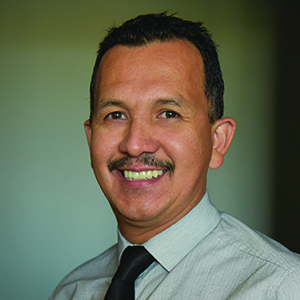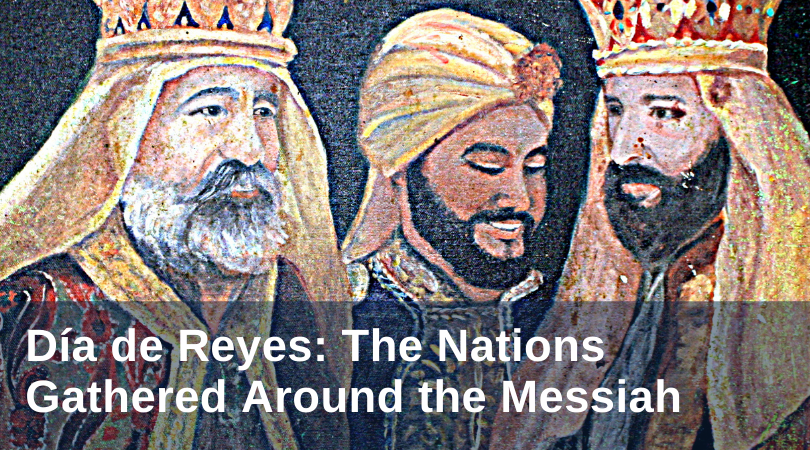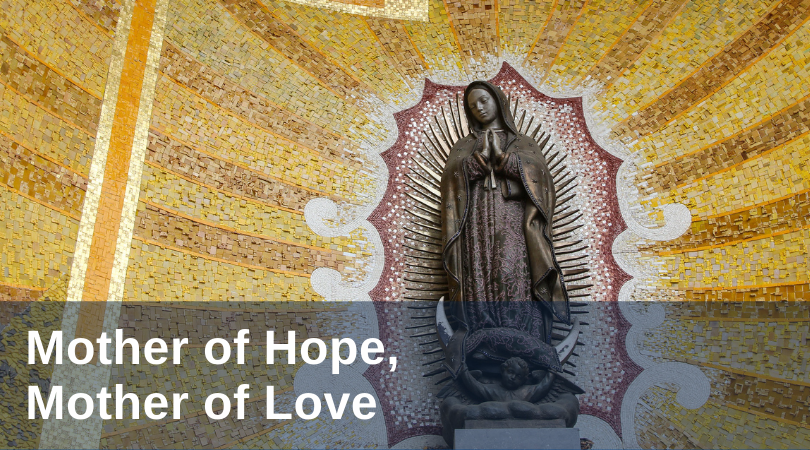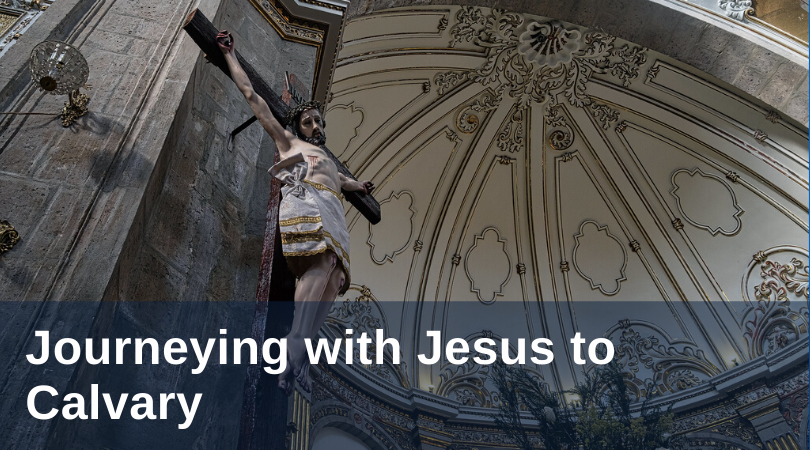One of the most important and memorable celebrations of my childhood in Mexico was January 6, the Epiphany of the Lord. Of course, back then, I did not know that’s what it was called. All I knew was that on the evening of January 5, I would run around town and go to the houses of my grandparents, godparents, aunts and uncles, and of course, my parents, and leave a shoe so that the wise men would come and remember to leave me a gift. It was Día de los Reyes, the happiest day for a young boy who only got toys once a year. Even now, I can still close my eyes and see myself, my brothers, my sisters, and every single kid in town running up and down the street with our new toys.
Rafael Lopez

Recent Posts
Día de Reyes: The Nations Gathered Around the Messiah
Topics: devotional prayer, Hispanic Catholicism, liturgical year, Tres Reyes, Epiphany
The Catholic faith has many traditions that are beautiful and deep, full of teaching and evangelization. I was lucky enough to be born and raised in Mexico, and there I learned about my faith through such traditions. For example, Las Posadas is a celebration that has lots to teach us about the Catholic faith. The celebrations last nine days, starting on December 16 and running until Christmas Eve—this way a novena is prayed. During these nine days, there is a procession from the town’s parish to a street where a manger is set up. A leader from each street organizes all the people that live on that street, and everyone works together to set up the manger, cook the food, decorate the street, make the piñatas, and buy candy for all the kids in town. The leader also chooses a boy and a girl to dress as Joseph and Mary, and another boy or girl to be an angel. Mary rides on a donkey led by Joseph from the parish to the manger, followed by all the town kids dressed as shepherds. The parish priest leads the Rosary, songs, and rituals, with the whole town following. Las Posadas serves as spiritual exercises in preparation for the birth of our Lord Jesus Christ. The procession is then followed by celebration, as the kids break piñatas, sing songs, and play games.
Topics: devotional prayer, Hispanic Catholicism, Advent, Las Posadas, processions
“Am I not here who am your Mother?” These very words were spoken by Our Lady of Guadalupe to a Mexican indigenous man nearly five centuries ago, and they changed the course of evangelization in the new world. The Spanish had already spent several years trying to convert the new world, but nothing was working. Hostility between the indigenous people and the conquistadores was the only thing coming out of their many attempts. Into this environment of hostility, our Blessed Mother came to the aid of those in need. She came to St. Juan Diego and gave him all of her motherly love and compassion. Now, she is known as the Queen of Mexico and Empress of America.
Topics: Hispanic Catholicism, evangelization, liturgical year, Advent, Our Lady of Guadalupe, Marian devotion
Topics: devotional prayer, Hispanic Catholicism, Holy Week, Lent, processions
Editorial Note: This post is part of a series highlighting Lenten traditions in the Hispanic Catholic Church. Read part one here, and part two here.
Topics: devotional prayer, Hispanic Catholicism, Holy Saturday, Holy Week, Lent, processions






